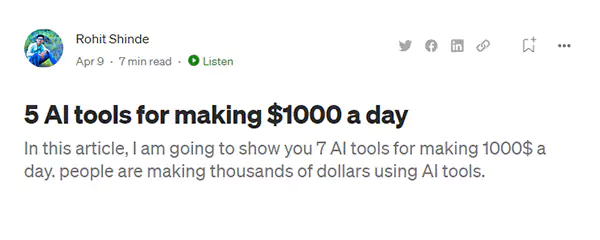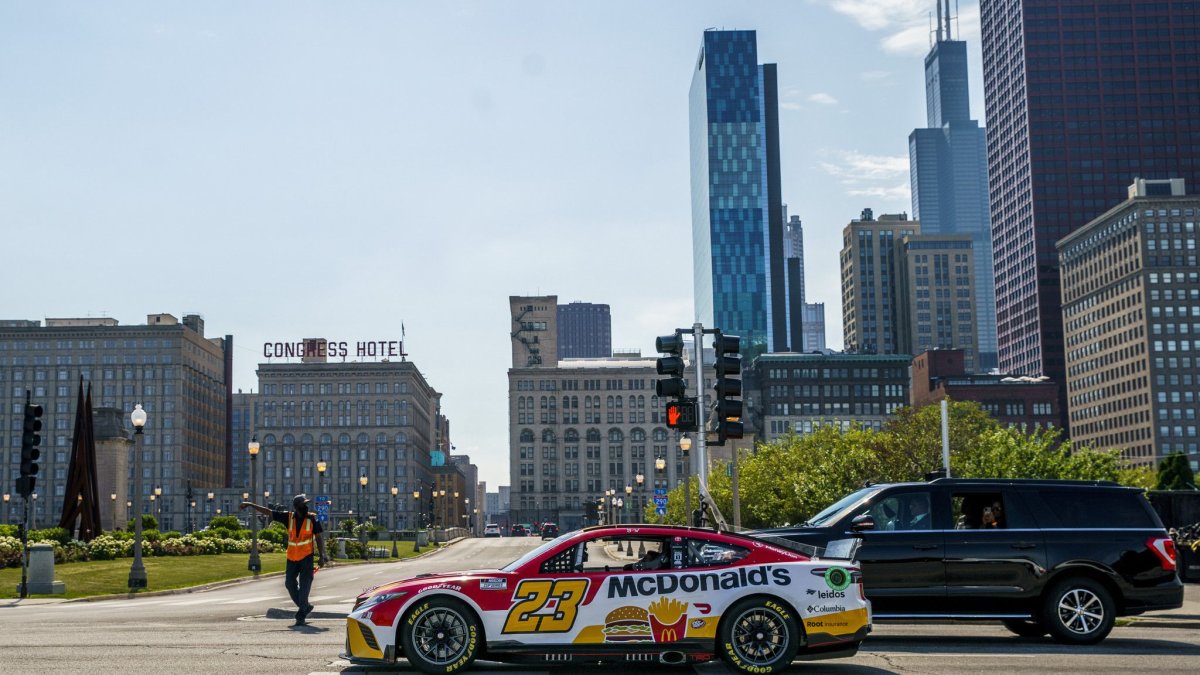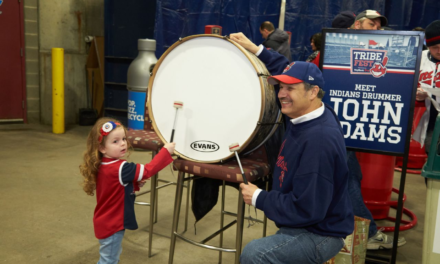Since Facebook went public, social media networks have become a fundamental aspect of our daily lives. Whether staying in touch with loved ones or seeking information, we spend hours scrolling our preferred social accounts and pages.
However, social platforms provide more than entertainment. They can be an endless source of creativity and inspiration, particularly for web designers.
In the digital realm, trends change as quickly as they flash, demanding innovation and creativity. For web designers or for those who want to get their business online, this article is a blessing in disguise for you. You can call this article “Inspiration 101” for your first or probably next online webpage. Know how to milk the influence of social media in today’s internet generation for your good.
So, let’s dive into the thrilling world of social media-inspired web design!
Interactive Design
Media platforms are highly interactive by nature that can easily be transferred to your web design, encouraging customer engagement and interaction.
It means that they are highly engaging and attractive to the users. Different elements like animations, stickers, polls, questions, etc make, drag the user’s attention. You can use these techniques as an inspiration for your website and make users involved with you. The time span of human attention on a webpage is as low as 8.25 seconds. Therefore you have to build your place in a manner that the user stays involved.
Even in your personal life, you must have noticed these things. Imagine scrolling on a platform or a web page where all you can see is completely boring and black characters and comparing it to the other one where you can see various colorful pictures with videos along with some small quizzes about your preferences or asking for your feedback. It is obvious that you will automatically be drawn toward the website, which feels more engaging.
Web designers can incorporate these kinds of elements, such as sliders, carousels, and hover effects, to create a more bilateral and dynamic user experience. This way, they can draw attention to important content, break up blocks of text and create a pleasant user experience.
Visual Storytelling
Visualization is one of the strong points that we humans have. A human brain can process images 60,000 times faster than the textual content; therefore, an image is not worth 1,000 but 6,000 words. Latest researches also show that 91% of users prefer visuals over text.
Social media platforms are the perfect example of leveraging the power of visual content. They provide you with features by which you can share photos, illustrations, graphics, and videos, at ease with just a few taps, which can further be made more engaging with music, voice-overs, and other audio materials.
Instagram can be a prominent example. A user can easily share photos or videos on either stories or posts. Similarly, coders or website builders can practice the same thing in fabricating their products too. It has always been a good idea to take inspiration from big players to compete in the market.
For articles or blogs uploaded on the website, web designers can add a listening feature to them — which can make a user more interested in spending time listening to the blog.

User-Generated Content
UGC can contain many pieces of information, making it more engaging by including reviews, testimonials, photos, or videos in it. It builds trust and provides a more authentic perspective on a brand or product, which can more effectively influence purchasing decisions as compared to traditional marketing content. User-generated content also creates a sense of community around a brand and shows your audience you value their opinions.
Social media platforms provide a wealth of UGC that can be leveraged in web design. For example, Instagram feeds can be embedded on a website to showcase user-generated photos and videos related to a brand. Twitter feeds can display real-time customer feedback and opinions, while user reviews can be incorporated into product pages to provide social proof and build trust with potential customers.
Improved Ad Design
In this generation’s boom of online media, a large area of the population is taking part in the race. For instance, currently, there are 2.96 billion people who use Facebook actively. This huge chunk of the population allows it to make the creamy layer for advertising agencies. As a result, businesses primarily have their focus on Facebook for their ad campaigns.
Ad design significantly impacts the number of leads and revenue generated. Designers have been developing burner ads, videos, and memes to advertise businesses and products in a more fun and relatable way. However, popular ads on one social media platform may not be suitable for another. Designers must be familiar with each platform’s trends and user behavior to create attractive and effective ad designs.
Mobile Optimization
While designing a website, developers should make sure that it must be suitable for mobile devices. A website not designed carefully can look ugly on screens with different aspect ratio as they are not programmed to adjust on multiple devices.
Since 99% of social media users access their favorite platforms using mobile devices. Therefore, websites must be optimized for mobile views to provide a seamless and enjoyable user experience.
Social media are designed in a way that every device user can get easy access to their platform without any kind of hustle. You might have heard of a saying that says, “first impression is the last impression”; therefore, do not take any chance that may ruin your first impression among the population.
Web designers can optimize their websites for phones with some tags like “viewport meta tag” in the process of website building, which ensures the website is easily accessible and navigable on any device without users needing to zoom in or out. Ensure the website’s load times are fast; optimal loading time mustn’t take longer than 3 seconds.
Popular platforms often drive traffic to external websites. If a website is not optimized for mobile viewing, users may quickly become frustrated and leave the site, resulting in lost traffic and potential customers.
Use Popular Media Platforms to Get User Feedback on Your Web Design
As stated in the previous section of the article, taking inspiration from big players is not wrong. In fact, use them as your asset to survive and have glory up in the market. The social platform is a great idea for businesses to interact with their audience. Their valuable feedback and comments can help in tailoring the best of the best product for them.
For example, there are multiple prompts like polls, questions, reply boxes, and many more, which you can integrate into your marketing practices to interact with a small part of the daily traffic flowing through your webpage.
How to Add Social Media to Your Web Design
Since the inception of this discussion, one thing has remained constant how these platforms are crucial for designers to build their brand awareness and active audience. To summarise all these points, here is the crux of the article:
- Link your media accounts to your website to let visitors know about your social media handles.
- Allow visitors to log in to your website using their accounts like Twitter or Facebook. Social logins will help create a community and increase user registrations.
- Provide your visitors with options to share your product across any platform they want to. By this, you can extend your reach to a bigger area of the population.
Social Media Impact on Web Design: Final Thoughts
Billions of users log in to various platforms and spend hours scrolling them. One of the reasons behind this popularity is social media’s functional and attractive design. This design has influenced the way web designers approach website creation, with many taking cues from social media to create a more immersive experience for users.
Adding social accounts to websites is essential for businesses as it increases brand awareness, user engagement, and content sharing. Several ways to incorporate those accounts into web design include adding social buttons, allowing social logins, and adding social sharing buttons.
If you feel overwhelmed by the complexity of web design, turn to experts. Digital Silk can help you partner with a professional web design company and get the custom and strategically designed digital experience your audience deserves.





